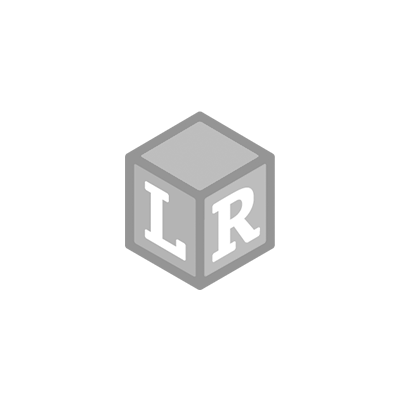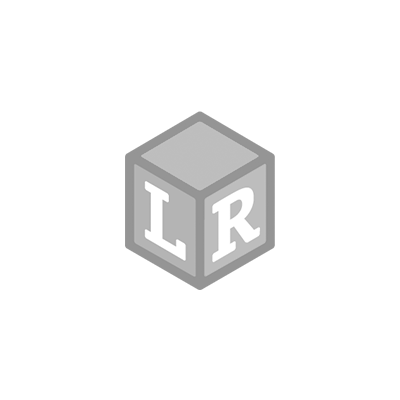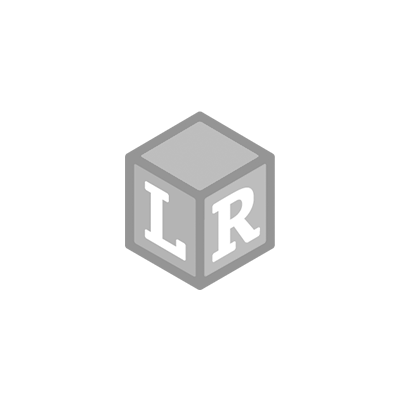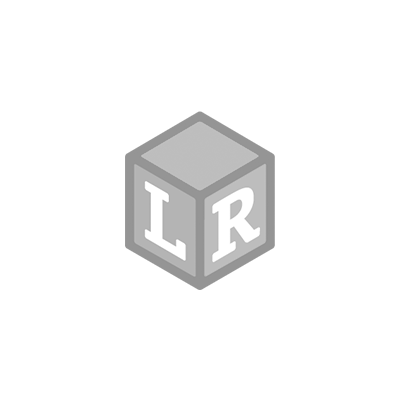Fun Fall Sensory Water Table for Siblings
- Gabrielle Fischer Posted On Sep 29, 2022 | STEM
I love it when the leaves start to change color, and it creates so many fun Fall-themed learning opportunities for my three- and seven-year-old. For this activity, we enjoyed a leaf hunt outside, looking for all sorts of shapes and colors of leaves. I then added a few simple tools and ingredients to turn our new leaf collection into an exciting sensory water table.
What you'll need for the sensory bin:
- Jumbo Tweezers
- Fine Motor Tool Set
- Sensory table or containers
- Scissors
- Bowls
- Magnifying glass
- Water (we also added a few drops of food coloring)
- Leaves from a nature walk


Some of my all-time favorite activities start with a nature walk; there’s just something so special about the learning and creativity that comes from the great outdoors! Before we left the playground, we worked together to gather up a fun selection of leaves that had fallen from the trees. As we did so, we spoke about the different colors and shapes we could see. I put my seven-year-old in charge of counting how many leaves we had in our collection.
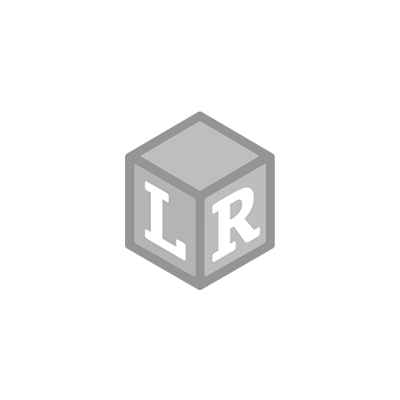

How to set up the table
Once we got home, the kids refueled with a snack while I quickly set up the water table. I used our IKEA FLISAT Children’s Table with two small TROFAST bins and one large one. I added water and five drops of green food coloring to the large bin placed the leaves in one of the small bins, and then the fine motor and cutting tools in the other small bin. It was terrific how inviting this setup looked, considering its simplicity!
Let's Play
I always try to keep sensory bin setups as open-ended as possible to build my children’s confidence to explore independently. Straight away, my seven-year-old started experimenting to see whether the leaves would float or sink in the water. Together they spent ages using scissors to cut the leaves into different shapes. We had a star, a man, a dinosaur, and even a boat floating on the water. The fine motor skills at work were awesome. This is where having an older sibling helps because it encourages creativity and imagination for the little one!
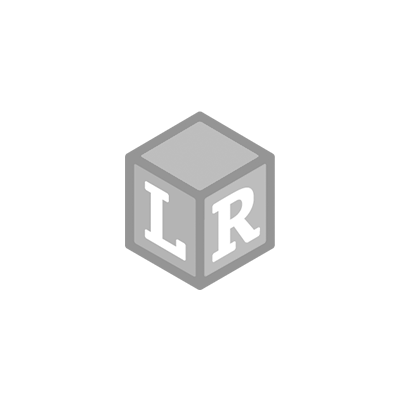

Both my kids enjoyed exploring the different fine motor tools. Big bro liked using the Squeezy Tweezers™ and Handy Scooper™ to rescue the leaves from the water and then drop them back in. Meanwhile, baby sis was all about making the leaf confetti and sprinkling it into her bowls of green leaf soup!
Adding a magnifying glass to any sensory setup can stimulate more in-depth conversations and observations. The kids were fascinated by the veins running through the leaves and experimented with ripping the leaves to explore them further.
This was such a fun sensory and fine motor setup, and best of all, it appealed to both ages. It pays off to ensure a range of open-ended tools and containers with a sensory table because you never quite know how kids will choose to play with it.
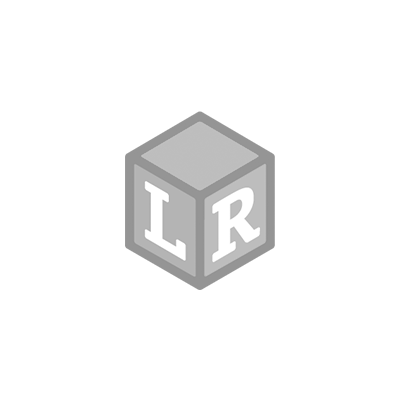

Writer's bio
Lucy Baker is a Mom of two (4 & 8 years old) passionate about creative play and hands-on learning. She firmly believes in providing children with the opportunity to learn through play and being part of their play journey as a parent. See more of her creative play ideas and process art projects on Instagram @findthelittlemind and over on her blog, Find the Little Mind.
 Shop UK Site
Shop UK Site 

